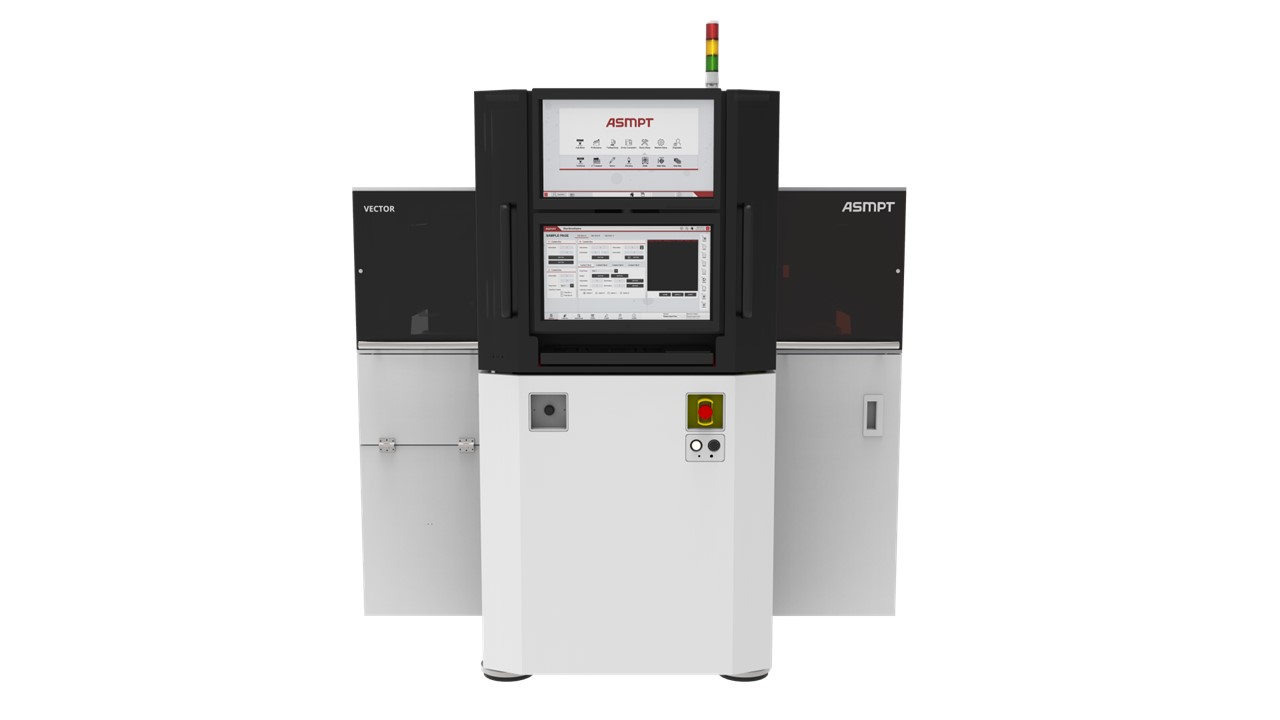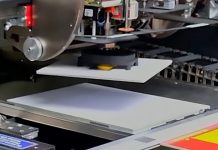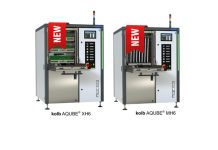ASMPT, the world’s leading provider of hardware and software for semiconductor and electronics production, presents an innovative die and module bonding platform that can be used in a variety of ways for producing power modules.
“Whether for electromobility, renewable energies or industrial automation and motor control systems – in the course of the energy transition, electricity is increasingly becoming the dominant energy source,” explains David Felicetti, Business Development & Product Marketing Manager, at ASMPT. “But especially in power electronics, conventional joining technologies such as soft soldering are increasingly reaching their limits.”
Silver sintering instead of soldering
ASMPT has overcome these limitations with its line of products for silver sintering and, in future applications, copper sintering. POWER VECTOR, for pick and place or tacking dies and modules on heat sinks, completes the process chain in ASMPT’s sintering production line.
The advantages of this process are obvious: While silver has a melting point of 961 degrees Celsius, it can be “cemented” at much lower temperatures when pressure is applied, resulting is a thermally and mechanically strong connection with excellent conductivity.
Process and feeding flexibility
With the POWER VECTOR, this method is now being translated into a practice-oriented manufacturing system. The platform features an automatic tool changer, achieves bonding forces of up to 588 N, and works with all popular processes: dry paste, wet paste, and die transfer film (DTF). Components can be supplied via wafer, tape-and-reel, waffle pack, or tray.
The POWER VECTOR uses a hot thermo-compression bond head to place dies on the substrate with outstanding precision. To achieve this, the bond head and platform can be heated to >200°C to create a pre-adhesion, which is finished using ASMPT’s SilverSAM sintering platform at temperatures between 200 and 300 degrees Celsius and pressures between 5 and 30 MPa.
“Silver sintering creates reliable and highly conductive connections even in applications with high currents where components become quite hot,” says David Felicetti. “With the POWER VECTOR system, we have closed one of the last remaining gaps in our portfolio and are now able to offer a full-service production line for power modules.”
To learn more, visit www.asmpt.com.










